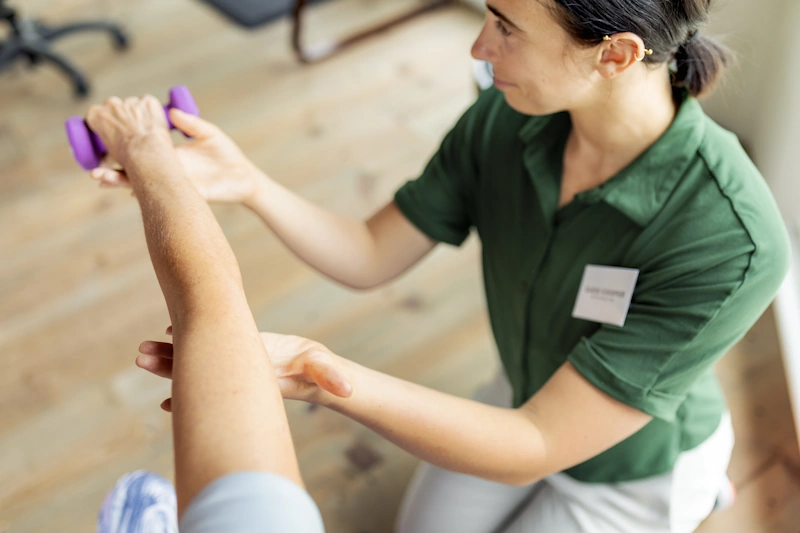Gender affirming physical therapy is a vital step in recovery. It is often under-discussed in post-operative care. For those undergoing gender-affirming surgery, physical therapy helps ease discomfort. It can also restore strength and support long-term recovery with confidence and safety.
By focusing on the pelvic regions, chest wall and overall mobility, physical therapy treatment can prevent complications. It can also reduce discomfort and improve long-term outcomes. Physical therapy addresses the unique needs of each individual. It helps patients heal in a way that aligns with their goals. It also and supports their well-being both physically and emotionally.
How Physical Therapy Aids in Surgery Recovery
After gender-affirming surgery, the body goes through many changes and needs time to heal. Physical therapy (PT) can help with this recovery. It supports healing, eases pain, and helps people move more easily again. It also helps prevent problems like scar tissue and stiffness.
People who have had top surgery, bottom surgery, or facial surgery may all benefit from movement-based physical therapy. This kind of therapy supports healing and helps avoid extra strain on the body. It can also make it easier to handle pain and feel more confident when returning to daily life.
Some types of physical therapy, like orthopedic therapy and pelvic health therapy, are especially helpful during recovery. These approaches are designed to support different parts of the body and improve overall healing.
Tailored PT for Gender-Affirming Care Recovery
PT for gender-affirming surgery is not the same for everyone. Each person's recovery plan is tailored to their surgery, lifestyle, and how quickly they heal. Common physical therapy treatments may include:
- Breathing exercises to improve chest movement after top surgery
- Pelvic floor therapy to support healing and dilation
- Scar massage to reduce stiffness and help tissue stay healthy
- Strength training to build energy and body function
- Posture work to improve comfort
Pelvic floor therapy is especially helpful for transgender women. Research shows it can make dilation easier, lessen pain and help people return to their routines sooner. For transgender men, this therapy can ease tightness, support core strength and improve movement in the lower body.
Choose the Right Physical Therapist
Recovery is personal, and so is your care team. It’s important to choose a physical therapist who understands gender-affirming care. They should be trained in orthopedic physical therapy, pelvic health and post-surgery rehab to support a smooth recovery.
When searching for the right provider, look for clinics that:
- Use affirming language and respect your identity
- Understand pelvic health and chest wall healing
- Are trained in physical therapy related to transition care
- Create a welcoming, inclusive space for all patients
- Help you stay informed and confident during recovery
Physical therapists working in this field should also continue their education in LGBTQIA+ health. This shows their dedication to providing safe, inclusive and expert care.
Transgender Care
Gender-affirming physical therapy isn’t just about movement; it’s about feeling empowered. For many people, PT helps them reconnect with their bodies in a positive and affirming way. It can improve body awareness, reduce pain, increase mobility, build strength and support a stronger sense of control over their physical well-being. This can also boost mental and emotional health.
At ART Surgical, we know that care doesn’t stop after surgery. By combining expert surgery with affirming rehab, we help patients feel strong, supported and confident in their healing journey.
Ready to Begin Your Healing Journey?
At ART Surgical, your care goes beyond procedure. We’re committed to supporting you through every stage of your gender-affirming journey with experienced providers, affirming resources and post-operative partners you can trust.
Founder Dr. Angela Rodriguez and her team provide personalized recovery care for transgender individuals. She understands that each individual’s journey is different. Dr. Rodriguez and her team ensure a respectful and empathetic environment.
Learn more about Dr. Rodriguez and PT after gender-affirming surgery.

